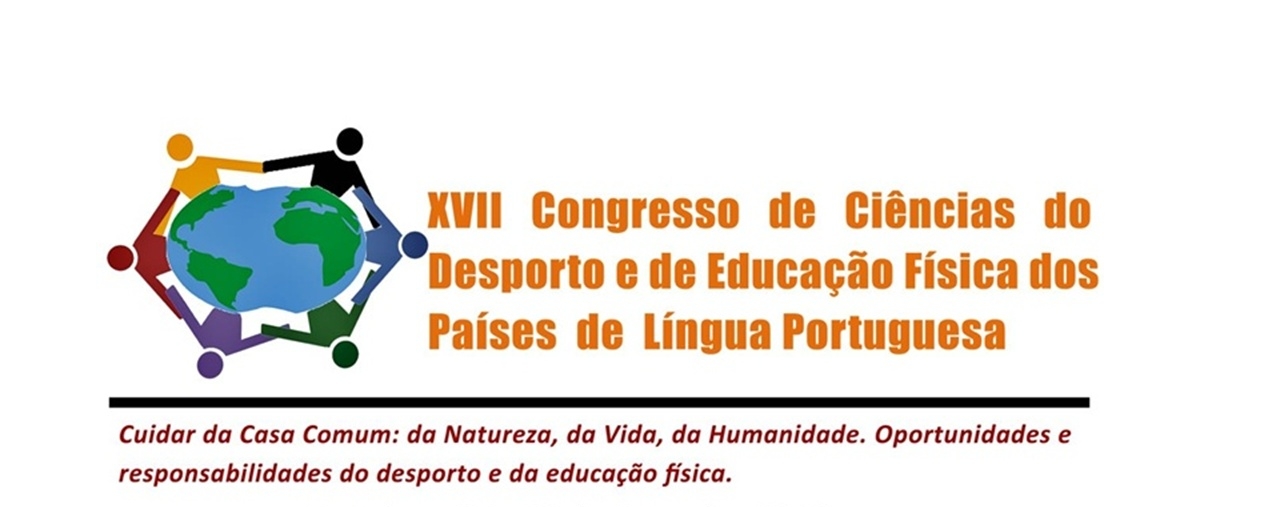Adaptation and validation of silhouette scales for Brazilian children
Adaptation of silhouette scales for children
DOI:
https://doi.org/10.6063/motricidade.16224Abstract
The aim of the present study was to adapt and test the construct validity and reliability of the “Children's Figure Rating Scale” for Brazilian children. The aim of the present study was to adapt and test the construct validity and reliability of the Children's Figure Rating Scale for Brazilian children. The sample consisted of 235 children, 120 boys and 115 girls, with a mean age of 8.8 (± 1.1) years. Besides the scale, it was performed body mass and height to calculate the body mass index. The data were analysed in the Statistical Package for the Social Sciences, version 20.0, using the Spearman correlation, Wilcoxon Test and the Intraclass correlation coefficient, because the data did not present normal distribution according to the Kolmogorov Smirnov test. It was found a positive correlation between the body mass index and the real image for boys (r= 0.42; p= 0.01) and girls (r= 0.34; p= 0.01). The reliability was confirmed by the intraclass correlation coefficient, presenting values above 0.70 (p= 0.001) for both, boys and girls. It was concluded that the scale tested has good psychometric qualities, being configured as a viable option of body image evaluation for Brazilian children.
Downloads
Published
Issue
Section
License
The authors of submitted manuscripts must transfer the full copyright to Journal Motricidade / Sílabas Didáticas Editions. Granting copyright permission allows the publication and dissemination of the article in printed or electronic formats, and copyrights start at the moment the manuscript is accepted for publication. It also allows Journal Motricidade to use and commercialise the article in terms of licensing, lending or selling its content to indexation/abstracts databases and other entities.
According to the terms of the Creative Commons licence, authors may reproduce a reasonable number of copies for personal or professional purposes, but without any economic gain. SHERPA/RoMEO allows authors to post a final digital copy (post-printing version) of the article on their websites or on their institutions' scientific repository.


